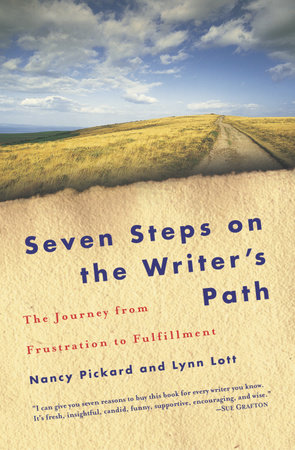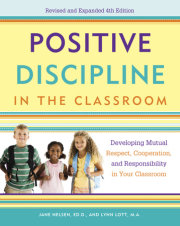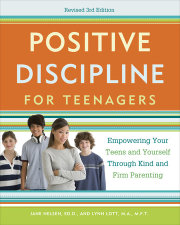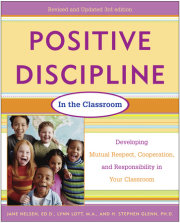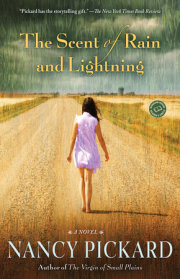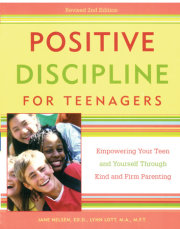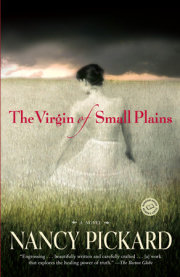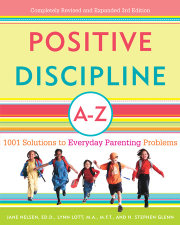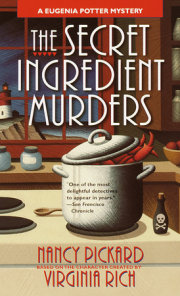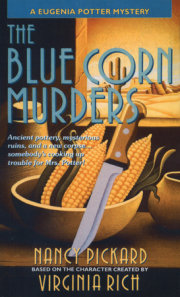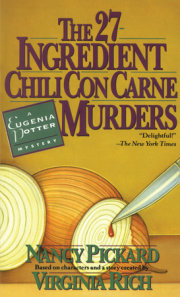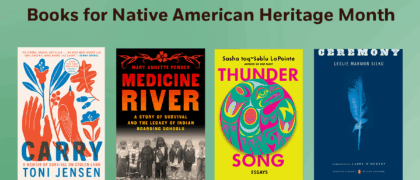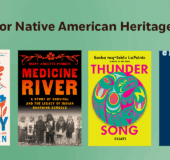The Trailhead
Starting OutI had not thought of myself as geography, as invisible, internal lines I could chart, but the more I searched, the more things connected, until the rivers and the memories became a story, and also, perhaps a map. —Paul Zalis, Who Is the River
Standing on a high point, I can look off in every direction over a vast landscape. Dark shadows are settling in the valleys and gulches and the heights are made higher and the depths deeper by the glamour and witchery of light and shade.. . . [T]he country is marked “Unexplored.”—John Wesley Powell, Down the ColoradoWriting is a path as full of darkness as it is of light, and so the way ahead is hard to see. There are so many ominous shadows, unpredictable gusts of wind, unexpected, blinding shafts of sunlight. It’s easy to get lost, to trip over our own hidden roots, or plunge unaware into unexplored caverns in our psyche. As writers, we hardly ever know exactly where we’re going. The only thing that most of us know how to do is to keep putting one foot after the other in the darkness and trust that eventually we’ll get there.
Like every other writer we know, we have been lost on the writing path more times than there are rocks in the dirt. There have been times when we’ve frantically fumbled for a light when the way got dark. At other times, we’ve allowed the light to dazzle and deceive us. But we’ve kept going, step by fumbling, bleeding step, because that’s what writers do when they don’t know what else to do—they just keep putting pen to paper, until they find their way out again.
If that sounds melodramatic, it’s because the writing path is a bit over the top. Anyone who walks it finds that out through hard experience. Terror! Laughter! Tears! Jeers! It’s an adventure story, a romance, a drama, a situation comedy, a tragedy, and a farce. This can be a hard place for the fainthearted or the emotionally cautious to spend any time. On the other hand, this path is also beautiful and is just as likely to bring you peace of mind as it is to dismay you. We know people who would give their souls to walk it and many others who claim to have found their souls upon it.
When we first began to write, there was no book to tell us, “You are here on the writer’s path.” We didn’t even know there was a path, much less a map to it. Most writers don’t, which makes them all the braver for stumbling on through the underbrush without even a trail to follow. Maybe you’ve been floundering along as we have. Maybe you’re an experienced writer who’s having a midcareer crisis. Or maybe you’ve never written very much, but you cherish a secret dream to be a writer. Perhaps you’re writing but not getting published, and you feel awful about that. Or maybe you would just like to have some perspective on where you’ve been and where you’re going.
The act of writing is almost by definition a loss of perspective. When we’re really deep into our writing, we’re like those drops in the ocean that say in puzzled tones, “Where am I going? How will I get there? And what’s this water stuff I keep hearing about?” As writers, we can get so isolated and so caught up in our passion for writing that we can hardly tell up from down or gauge distances or see the horizon. Without perspective on what we’re doing, we can feel confused and alone. We can so easily forget that we’re surrounded by other writers and that all of us are being carried along by the same great currents of language and desire.
Would it help to know that you are probably not lost at all but merely stalled on a real step along a real path? Would it help to learn about some ways to get you moving forward again? With this book, this map to the writer’s life, we hope to help you do just that. We will lay out the path for you and teach you how to pinpoint your location on it. We trust that when you know where you are and what you’re doing there, you will feel encouraged and relieved, and that will release your creative energy. At the very least, we have hopes that you will take comfort and solace from the company of other writers who know exactly how you feel, as nobody else in the world can really know.
At first glance, it wouldn’t seem as if there could be one path for everybody. In creative endeavors, how could there be just one direction to go? In fact, the writer’s path can look deceptively different for each of us. There are writers who feel irresistibly called to this path. For others, it looks like a detour on their way to other things. For some, it is a spiritual path, while others approach it for material reasons or to play with it. Only for a lucky few does it feel as straightforward as a sidewalk. And yet there is an underlying process we all go through, a series of steps that are common to all of us.
Those steps form a map to the creative process.
Not every writer who reads this book will agree with the terminology we’ve chosen or with the route we’ve mapped out. We all have to be true to our own experience of these things. But the authors have found so much agreement about these steps when we interviewed other writers that we hope you will consider their relevance to your own way of thinking about and experiencing creativity.
The Ebb and Flow of CreativityA basic premise of this book is that going forward into feeling is the way out of being stuck anywhere along this path. Just as waves in the ocean surge all the way forward without hesitation, so are writers best served by surging all the way forward onto each of these steps in order to build up sufficient momentum to carry them further along. Feeling this path deeply is important; feeling each step fully is important and is also, as we have discovered, a cure for writer’s block.
It is a fact of nature that when things reach their extreme—like waves in the ocean—they naturally begin to turn around in the other direction. They have to be allowed to reach their full extent, or they will simply peter out, like a wave that dies on the shore. When that happens in writing, we’re like an archer who pulls his arrow only partway back before trying to shoot it. Writers need the momentum of the ocean of creativity within us; we need enough energy to fly as straight and true as an arrow released from a taut bow. Walking the writer’s path halfheartedly won’t do that; living and feeling it fully will.
Which is not to say it’s always easy.
Some of the steps along the writer’s path are hard to face; some are a joy.
Step one is Unhappiness, and who wants to endure that? Fortunately, it’s often experienced only as a creative itch, which is easier to take. Wherever along the continuum of Unhappiness we happen to fall on any given day of writing, these feelings must be acknowledged and felt if they are going to propel us powerfully on to the next step. In fact, the key words for doing step one are feel and reveal, which you will learn more about in the “Unhappiness” chapter.
Step two, Wanting, is no less challenging for some writers to endure if they’ve grown up being convinced that it’s not nice to want things or if they think they aren’t evolved if they feel desire. They’re going to have to let themselves feel it deeply if they ever hope to get much further along before running out of steam. The key words for accomplishing this step are focus on our desires and collect whatever we need to make them happen.
Commitment, step three, comes more easily to some writers than to others, as is true of any of the steps. Some just seem to have a natural talent for accomplishing the key elements of this step, which are give attention to what we want most, decide to go after it, and then set it in motion. If that doesn’t come easily to you, then learning what’s required may help you become a more committed writer.
Step four, Wavering, is a tough one, because it comes as such a shock after the determination of Commitment. Here, writers have to face fears and align core values in order to be able to get to the point of . . .
Letting Go, which is step five. Here, you’ll feel the sweet release of relief and crossing over to the actual work you have longed to do.
Step six is Immersion. This is the work, at last. The key words here are resolve, which is something different from commitment, and preoccupied, that delicious state of being in the writer’s trance.
Fulfillment, step seven, is not synonymous with “being published.” This step isn’t about that—at least, not necessarily. It’s about endings and beginnings and about celebration, the key words to doing this step so well that it cycles us right back around to the beginning of the writer’s path once more.
This path is not a loop, however—at least, not if you’re continuing to grow as a writer. It’s more like a spiral, winding around and around, over and over, never repeating itself, and yet always running along a familiar track as it ascends. It carries its own momentum, but only so long as the writer fills up on the fuel of each step to get her along to the next one.
There are seven steps and many writers, and one size does not fit all. Each of us will travel this path in our own unique way; no two experiences of it will be identical. And yet we do share certain important things in common. We’re here because we love writing, or we’re curious about it, we want to write, or we want to write better, or we want to be more successful in our writing, whatever successful means to each of us. And surely it’s true that we’d all like to live full, rich, creative lives, fulfilling our best potentials, if we possibly can. Our separate journeys along this path may look quite different one from the other in their particulars, but at the heart of them is a process that we share at a fundamental and honest level, and that is the writer’s path. We believe that by acknowledging that process, by understanding these steps, and by living them consciously, we can help ourselves and we will help one another.
Are you ready to start down the path or to locate yourself upon it? You’re among friends now, so let’s go. Pull on your hiking boots, keep this book as your map, fill up the thermos with hot coffee, stuff a notebook and a pencil in your backpack, and follow us.
Copyright © 2003 by Nancy Pickard and Lynn Lott. All rights reserved. No part of this excerpt may be reproduced or reprinted without permission in writing from the publisher.

